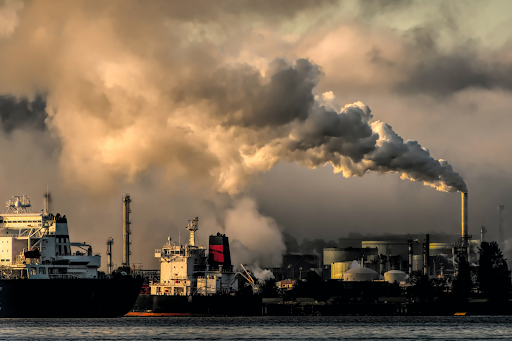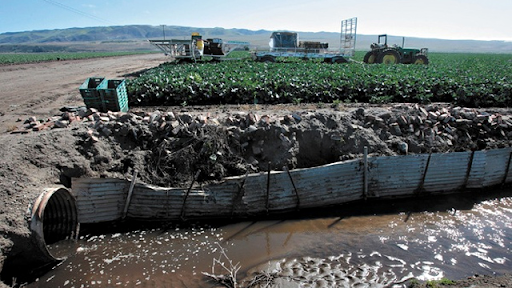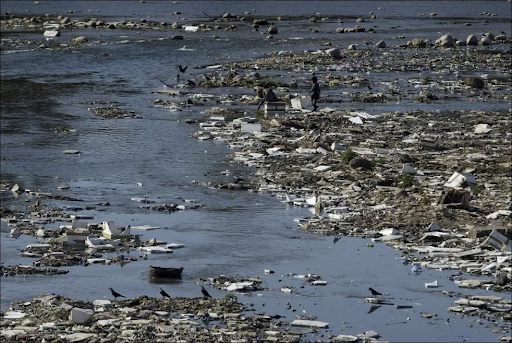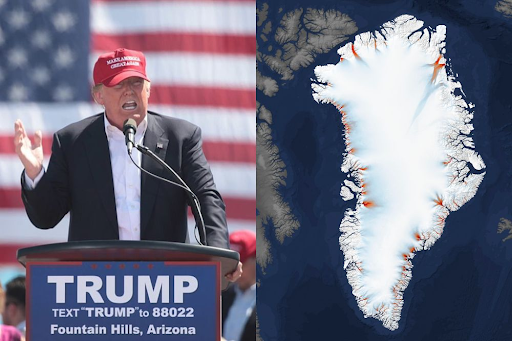Pollution is a problem that is getting worse with time, and its damage on the environment could become permanent. Here’s some information you should know about pollution in the United States.
Air Pollution
Air pollution is the presence of harmful contaminants in our atmosphere. This can be chemical, physical, or biological.
The largest contributor to pollution in the United States is our greenhouse gas emissions, usually from burning fossil fuels for heat, electricity, and transportation. According to the United States Environmental Protection Agency, “Human activities are responsible for almost all of the increase in greenhouse gases in the atmosphere over the last 150 years.”. These gases are dangerous because they trap heat in the atmosphere and make the planet unnaturally warmer. Greenhouse gases can also lead to health complications.

As stated by The Medical Society Consortium on Climate and Health, “39% of Americans—131.2 million people—still live in places with failing grades for unhealthy levels of ozone or particle pollution.”
What does it cause?
Air pollution causes long term health issues, including respiratory conditions such as asthma, COPD, lung cancer, and more. However, its effect on the environment reaches further.
Greenhouse Effect
As previously mentioned, greenhouse gases trap heat in the atmosphere. This process is known as the “greenhouse effect”, and it keeps the Earth warm enough to sustain life. This isn’t entirely bad or unusual and, “Without it, the world would be more like Mars: a frozen, uninhabitable place,” the The Natural Resources Defense Council (NRDC) claims. “The problem is, the voracious burning of fossil fuels for energy is artificially amping up the natural greenhouse effect.”
Excessive amounts of greenhouse gases from carbon emissions brings the Earth to abnormally high temperatures, which amplifies global warming. Global warming causes massive biodiversity loss, rising sea levels due to melting glaciers, more frequent wildfires, loss of habitats for animals, and more.
Water Pollution
“According to the most recent surveys on national water quality from the U.S. Environmental Protection Agency (EPA), nearly half of our rivers and streams and more than one-third of our lakes are polluted and unfit for swimming, fishing, and drinking” said the NRDC.
Similar to air pollution, water pollution is when a body of water becomes contaminated by harmful substances, often chemicals. In the United States, the most common form of water pollution is agricultural runoff. The EPA has confirmed that around 70,000 bodies of water across the country do not meet water quality standards due to PFAS (forever chemicals).

The NRDC reports, “The ocean absorbs as much as a quarter of man-made carbon emissions.”
What does it cause?
“More than 50 kinds of diseases are caused by poor drinking water quality” reported Frontiers. “80% of diseases and 50% of child deaths are related to poor drinking water quality in the world.”
The European Environment Agency stated that PFAS “can lead to health problems such as liver damage, thyroid disease, obesity, fertility issues and cancer.” More effects caused by unclean water can include malnutrition, gastrointestinal issues, and countless diseases.

Plastic products that end up in the water can damage animals body parts, suffocate them, and if ingested, possibly kill them. Things like oil spills make animals sick and coat their fur or feathers (if they have any). The carbon dioxide increase from air pollution can also spread into the ocean, making it more acidic. The raised acidity and decreased oxygen levels can be deadly to some animals and ocean life, which disrupts the ecosystem.
Solutions
Most of the carbon emissions in the world come from large corporations, such as coal, oil, and gas companies (China Coal, Saudi Aramco, Gazprom OAO, etc.). But, simple lifestyle changes from the public can go a long way.
Some of these changes can include:
- Reducing plastic use
- Recycling and reusing when possible
- Reducing food waste
- Turning the lights off, not letting water run for long
- Walking instead of driving short distances
- Using public transportation when possible
- Buying some things secondhand











